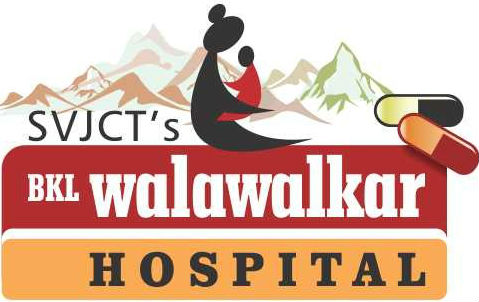Health Problems amongst adolescent Girls in Rural areas of Ratnagiri District of Maharashtra India
Adolescent constitute over 21.4 % of the population in India. The onset of Adolescent is a major transition in an individual’s life and has psychological and emotional implications. In the case of girls, the onset of menstruation further complicates their personal life. The psychosocial and emotional problems are of considerable magnitude and they may exert significant influence on their nutritional status. Unfortunately, assessment of nutritional status of adolescent girls has been the least explored area of research particularly in rural India.
Nutritional anthropometry predominates over the other methods of nutritional assessment. Several workers have emphasized the importance of Body Mass Index (BMI) as an index of nutritional assessment. As reported elsewhere, high prevalence of under nutrition (BMI<18.5) was observed in adolescent girls of rural area of Ratnagiri District on the basis of this index. This indicates that adolescent girls are the worst sufferers of the ravages of various forms of malnutrition since the beginning of adolescent period. This phenomenon remains uninterrupted through out their life. Variations in the extent of under-nutrition among adolescent girls could be attributed to differences in socio-cultural practices, level of socio-economic development, value attached to a girl child and prevailing dietary practices in different settings.
Perceptible difference has been observed in the extent of anaemia by hemoglobin estimation, thereby indicating applicability of biochemical examination for detecting anaemia in adolescent girls. In contrast to reports elsewhere low prevalence of anaemia was observed in adolescent girls in study area. In a multicountry study (Kunt and Johnson, 1994) on the nutritional status of adolescents carried out by the International Centre for Research on Woman, anaemia was found to be the widespread nutritional problem and its prevalence ranged from 32-55%. The mean age for the menarche was calculated to be 13.7 years. Premenstrual syndrome (PMS) was reported by almost all the subjects Dysmenorrhea (44.2%) was the commonest problems faced by adolescent girls. More than half of the study subjects had one or the other symptoms of premenstrual syndrome (PMS). Irregular menses 16.9%, Irritation-21.7%, Malaise – 9.5% , Headache-14.2, chest pain- 8.2% , abdominal bloating 20.3% , constipation- 11.3%, tightness in chest 10.6%, White discharge-38.3 %. This situation is serious with respect to the findings of present study. However, comparatively low figure has been reported by other researcher.
The study concludes that two third of study subjects were undernourished (BMI <18.5 kg/m 2). Out of 589 girls checked, 247 were found anaemic. As the problems related to menstruation were quite frequent and often resulted in interruption of daily routine of the adolescent girls.
Immediate action :
The girls who were found to be anaemic were started on Iron and folic acid tablets. Health education about Nutrition and menstrual problems was provided to them. After the completion of three months we plan to repeat their CBC & Hb estimation to find out the prevalence & improvement in the Hb level of adolescent girls. To address the menstrual problems, workshop for adolescent girls will be arranged in every three months in coordination with respective departments.
Future Action Plan:
Hence to achieve optimum health & development of the adolescent segment of the population, it is required to introduce a comprehensive Adolescent health initiative (AHI) in our Institution in collaboration with Community Health Department and Gynaecology Department.
Adolescent health initiative (AHI) will consist of two components
- Adolescent friendly health services
- Adolescent Health counselling services
Adolescent Health Clinics will provide following services –
- General examination
- Nutrition Advice
- Detection & treatment of anaemia
- Menstrual problems
- Sex education
- Reproductive problems








